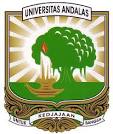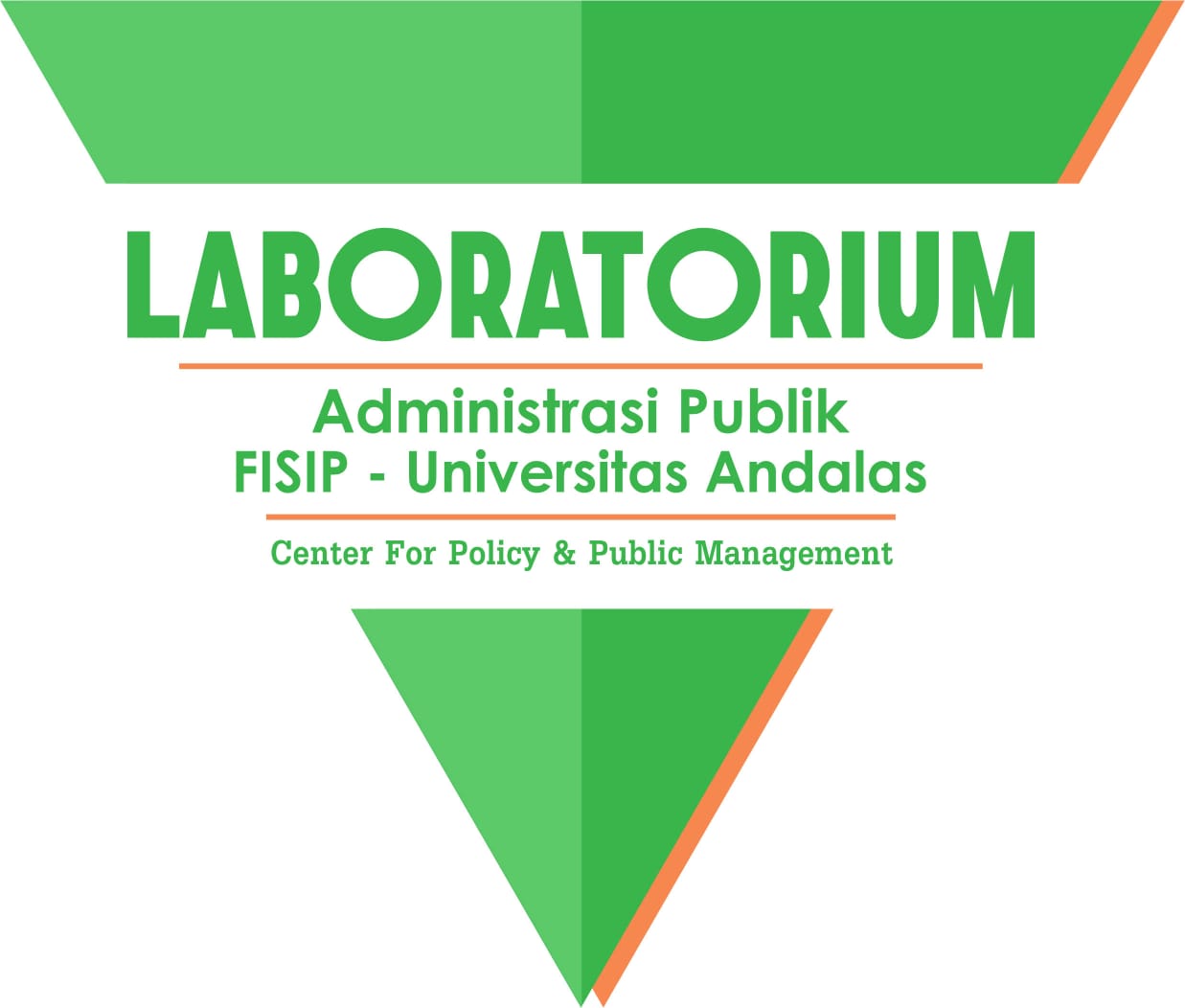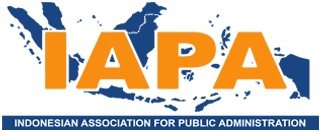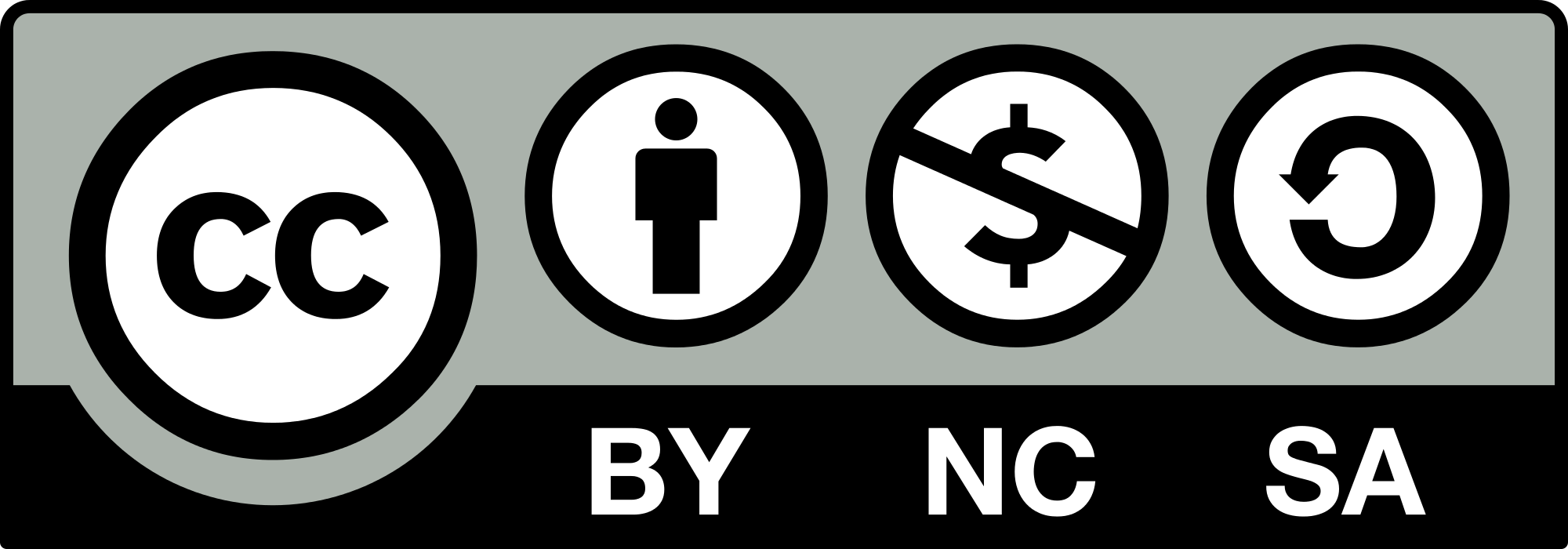Analisis Kebijakan dan Implementation Gap dalam Merespon Masalah Illegal logging di Kecamatan Atu Lintang, Aceh Tengah
Abstract
Atu Lintang forest was known as a critical area in Central Aceh which was experience a great damaged due to continuous illegal logging activities. This activities impacted on societal lives, such as floods, landslides, and the decline of wild animal in residential areas. So far, the Central Aceh regional government has implemented a legal and reforestation policy to deal with the problem of illegal logging. However, this policy has not succeeded in suppressing the number of illegal logging cases that have occurred. Therefore, this study aims to find out the implementation gap and barriers of the Central Aceh Regency government in dealing with the problem of illegal logging in Atu Lintang District. This study uses a descriptive qualitative approach. The data were obtained through field research by interviewing relevant informants and library studies by examining various relevant text sources. Through theoretical analysis using David Easton's political system theory (1953) and implementation gap theory (Andrew Dunsire, 1978). The results of this study indicate that the government is not capable in dealing with the problem of illegal logging. From the government side, implementation gap was occurred which caused by bad policy, namely the inability of the government to form appropriate policies: bad execution and bad luck in implementing policies. From the community side, the obstacle that arises is the low level of public understanding about the importance of protecting forests.
Downloads
References
BPS. (2018). Atu Lintang District in Figures. Retrieved Juli 7, 2019, from https://acehtengahkab.bps.go.id/publication/2018/12/12/d38e4a56a4a57b3115adf72b/kecamatan-atu-lintang-dalam-angka-2018.
Chilcote, R. (2001). Teori Perbandingan Politik. Jakarta: PT. Raja Grafindo Persada.
Easton, D. (1988). Kerangka Kerja Analisa Sistem Politik. Jakarta: Bina Aksara.
Fauzi.,et.al. (2011). Analisis Nilai Ekonomi Sumberdaya Hutan Gayo Lues. Jurnal Hutan dan Masyarakat, VI (1), edisi Mei 2011.
Geist, H. J. and Lambin, E. F. (2002). Proximate Causes and Underlying Driving Forces of Tropical Deforestation. BioScience, 52 (2), 143–150.
Hoare, A and Wellesley, L. (2014). Illegal logging and Related Trade: The Response in Indonesia. London: The Royal Institute of International Affairs Chatham House.
Houghton, R. A. (2003). Emissions (and Sinks) of Carbon from Land-Use Change (estimates of national sources and sinks of carbon resulting from changes in land use, 1950 to 2000). Report to the World Resources Institute, Falmouth, MA, Woods Hole Research Center.
Ishiyama, J. T. (2012). Comparative Politics: Principles of Democracy and Democratization. USA: Wiley Blackwell.
JKMA. (2007). Pusat Data dan Peraturan. Retrieved Juli 7, 2019, from Ingub NAD No 5 Thn 2007 ttg Moratorium Logging.pdf
Keraf, A. S. (2010). Krisis Bencana dan Lingkungan HIdup Global. Yogyakarta: Kanisius.
Lintang, K. K. (2016). Data Bencana Kecamatan Atu Lintang Tahun 2015. Kantor Kecamatan Atu Lintang.
Margules, C. R., and Pressey, R. L. (2000). Systematic Conservation Planning. Nature, 405 (6783), 243–253.
Mas'oed, M. (2001). Perbandingan Sistem Politik. Yogyakarta: Gajah Mada University Press.
McCarthy, JF. (2000). Wild Logging: State Agency, District Networks of Powerand Interest, and Biodiversity Conservation in South Aceh, Sumatra. Australia: Asia Research Centre Murdoch University.
Narindrani, F. (2018). Upaya Masyarakat Dalam Pencegahan Dan Pemberantasan Pembalakan Liar Di Indonesia. Jurnal Penelitian Hukum DE JURE, ISSN 1410-5632, 18(2), 241-256.
Nawawi, H. (2005). Metode Penelitian Bidang Sosial. Yogyakarta: Gadjah Mada University Press.
Obidzinski, K, and Suramenggala, I. (2000). Illegal logging in East Kalimantan (Berau, Malinau, Pasir): Implications for Government Policy and Community Forest Management. Bogor: Progress Report, CIFOR.
Rani, F. (2013). Perspektif Green Thought dalam Paradigma Baru Politik Internasional (Teori dan Praktek). Jurnal Transnasional, 4(2), 873.
Salim, H. (2013). Dasar-Dasar Hukum Kehutanan. Jakarta: Sinar Grafika.
Scotland, N. (2000). Indonesia Country Paper on Illegal logging, Jakarta: Indonesia. Prepared for the World Bank-WWF Workshop on Control of Illegal logging in East Asia (Draft form).
Serambinews.com. (2019). 15.071 Ha Hutan Aceh Rusak Sepanjang 2018. Retrieved juli 9, 2019, from https://aceh.tribunnews.com/2019/01/24/15071-ha-hutan-aceh-rusak-sepanjang-2018.
Sitepu, P. A. (2012). Studi Ilmu Politik. Yogyakarta: Graha Ilmu.
Tacconi, L. ed. (2007). Illegal logging: Law Enforcement, Livelihoods and the Timber Trade. Earthscan Publications, London.
Wahab, S. A. (2001). Analisis Kebijakan: dari Formulasi ke Implementasi Kebijakan Negara. Jakarta: Bumi Aksara.
Wahab, S.A. (2014) Analisis Kebijaksanaan: Dari Formulasi Ke Penyusunan Model-Model Implementasi Kebijakan Publik. Jakarta: Bumi Aksara.
Walhi Aceh.or.id. (2019). Kerusakan Hutan Aceh Capai 290 Ribu Hektare. Retrieved Juli 9, 2019, from https://walhiaceh.or.id/kerusakan-hutan-aceh-capai-290-ribu-hektare/
World Bank. (2000). The Challenges of World Bank Involvement in Forests: An Evaluation of Indonesia’s Forests and World Bank Assistance. World Bank, Washington DC.
Woy, R. N. (2013). Kewenangan Pemerintah Daerah dalam Upaya Pemberantasan Pembalakan Liar (Illegal logging) Jurnal Hukum UNSRAT, I (3), 1.










